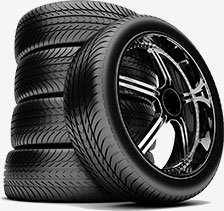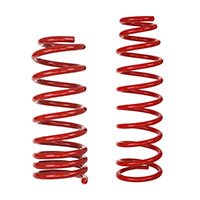Step-by-Step Guide to Changing Your Engine Oil
Step-by-Step Guide to Changing Your Engine Oil.
Step-by-Step Guide to Changing Your Engine Oil
Introduction
Step-by-Step Guide to Changing Your Engine Oil. Changing your engine oil is one of the most fundamental car maintenance tasks. It’s a relatively simple process that, when done correctly, can significantly extend the life of your vehicle. However, many people are intimidated by the task or simply don’t know where to start. This comprehensive guide will walk you through the process, step-by-step, making it easy for even the most novice car owner.
Why is Changing Your Engine Oil Important?
Engine oil is vital to the health of your car’s engine. It lubricates moving parts, reducing friction and wear. It also cools the engine, preventing overheating. Additionally, it cleans the engine by suspending dirt and debris, which is then filtered out.
When to Change Your Oil
The frequency of oil changes depends on various factors, including driving conditions, oil type, and vehicle manufacturer recommendations. However, a general rule of thumb is to change your oil every 3,000 to 5,000 miles.
What You’ll Need
Before you begin, gather the necessary tools and supplies:
- Engine oil: Choose the correct type and weight of oil for your vehicle. Consult your owner’s manual for specific recommendations.
- Oil filter: Again, consult your owner’s manual for the correct filter.
- Oil filter wrench: This tool helps loosen and tighten the oil filter.
- Oil drain pan: This catches the old oil as it drains from the engine.
- Rag or shop towels: Use these to clean up spills and messes.
- Safety glasses: Protect your eyes from oil and debris.
- Gloves: Keep your hands clean and protected.
Step-by-Step Guide
- Warm Up Your Car: A warm engine allows the oil to flow more freely, making it easier to drain.
- Park on Level Ground: This ensures proper oil drainage.
- Locate the Oil Drain Plug: This is typically a large bolt located at the bottom of the engine block.
- Place the Drain Pan: Position the drain pan beneath the oil drain plug.
- Loosen the Drain Plug: Use a wrench to loosen the plug, but don’t remove it completely yet.
- Drain the Oil: Once the plug is loosened, let the old oil drain into the pan. Be patient, as this may take some time.
- Tighten the Drain Plug: Once the oil has stopped draining, replace the drain plug and tighten it securely.
- Loosen the Oil Filter: Use an oil filter wrench to loosen the filter. If you don’t have a wrench, you can use a strap wrench or a pair of pliers.
- Remove the Old Filter: Once loosened, the filter should spin off easily.
- Apply New Oil Filter: Before installing the new filter, apply a thin coat of fresh oil to the rubber gasket. This helps ensure a good seal.
- Tighten the New Filter: Hand-tighten the new filter until it’s snug. Don’t overtighten it.
- Add New Oil: Use a funnel to pour the recommended amount of new oil into the engine. Check your owner’s manual for the exact amount.
- Check the Oil Level: Use the dipstick to check the oil level. If it’s low, add more oil.
- Start the Engine: Start the engine and let it run for a few minutes.
- Check for Leaks: Inspect the engine for any oil leaks.
 DIOGONISE AND FIX OIL PRESSURE
DIOGONISE AND FIX OIL PRESSURE - Additional Tips:
- Recycle Your Old Oil: Many auto parts stores and oil change shops accept used oil for recycling.
- Consider Using a Synthetic Blend: Synthetic blend oil offers better performance and protection than conventional oil.
- Don’t Overtighten the Oil Filter: Overtightening can damage the filter and the engine.
- Clean Up Your Mess: Wipe up any spilled oil to prevent accidents and environmental damage.
Conclusion
Changing your engine oil is a simple task that can significantly impact your vehicle’s longevity and performance. By following these steps and tips, you can confidently perform this maintenance task yourself. Remember, regular oil changes are essential for keeping your car running smoothly and efficiently.
Do you have any questions about changing your engine oil? What are your experiences with DIY car maintenance?
- How often should you change your engine oil?
- What are the signs of a bad oil change?
- Can you overfill your engine with oil?
- What are the benefits of using synthetic oil?
- How can you dispose of used oil responsibly?






















 DIOGONISE AND FIX OIL PRESSURE
DIOGONISE AND FIX OIL PRESSURE